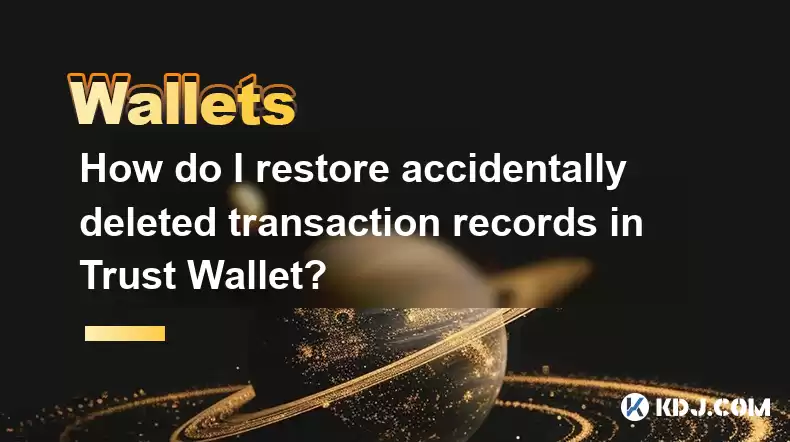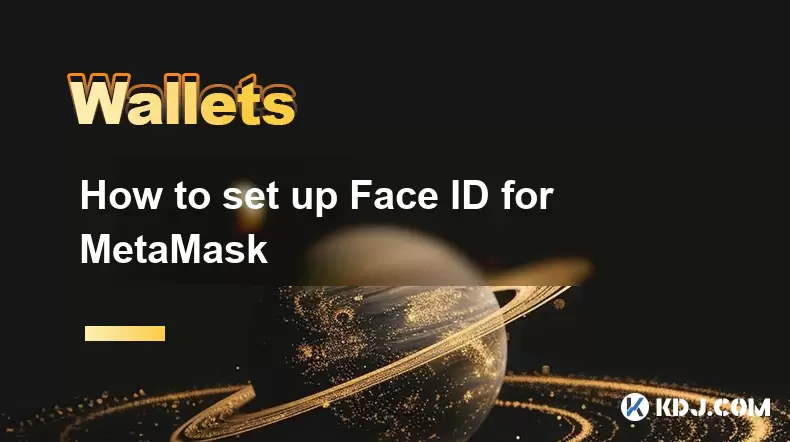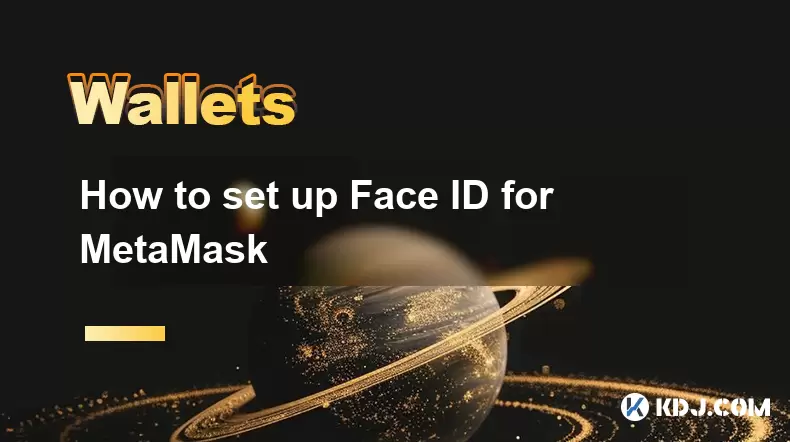-
 Bitcoin
Bitcoin $119000
-2.21% -
 Ethereum
Ethereum $4315
1.01% -
 XRP
XRP $3.151
-3.11% -
 Tether USDt
Tether USDt $0.0000
0.00% -
 BNB
BNB $808.5
-0.71% -
 Solana
Solana $175.8
-4.21% -
 USDC
USDC $0.9999
0.00% -
 Dogecoin
Dogecoin $0.2250
-3.92% -
 TRON
TRON $0.3469
1.77% -
 Cardano
Cardano $0.7818
-3.81% -
 Chainlink
Chainlink $21.47
-2.10% -
 Hyperliquid
Hyperliquid $43.30
-6.81% -
 Stellar
Stellar $0.4370
-2.84% -
 Sui
Sui $3.682
-4.40% -
 Bitcoin Cash
Bitcoin Cash $590.8
2.67% -
 Hedera
Hedera $0.2484
-5.20% -
 Ethena USDe
Ethena USDe $1.001
0.00% -
 Avalanche
Avalanche $23.10
-4.29% -
 Litecoin
Litecoin $119.2
-3.96% -
 Toncoin
Toncoin $3.409
0.90% -
 UNUS SED LEO
UNUS SED LEO $9.016
-1.29% -
 Shiba Inu
Shiba Inu $0.00001304
-3.82% -
 Uniswap
Uniswap $11.18
1.33% -
 Polkadot
Polkadot $3.913
-3.51% -
 Cronos
Cronos $0.1672
-3.08% -
 Dai
Dai $1.000
0.02% -
 Ethena
Ethena $0.7899
-4.70% -
 Bitget Token
Bitget Token $4.400
-1.23% -
 Pepe
Pepe $0.00001132
-5.93% -
 Monero
Monero $257.9
-6.44%
How do I restore accidentally deleted transaction records in Trust Wallet?
Trust Wallet doesn't restore deleted transactions directly; use blockchain explorers like etherscan.io to view your transaction history on the blockchain.
Mar 27, 2025 at 10:28 pm

Trust Wallet, like many other cryptocurrency wallets, doesn't offer a direct "restore deleted transactions" feature. Your transaction history is typically stored on the blockchain itself, not solely within the Trust Wallet app. This means deleted transactions aren't actually gone in the truest sense; they're simply removed from your app's view. However, retrieving them requires understanding how blockchain technology works and utilizing external tools.
Understanding Blockchain and Transaction Records
The blockchain is a public, immutable ledger recording every transaction. When you make a cryptocurrency transaction, that transaction is broadcast to the network and added to a block. Once added, it becomes virtually impossible to alter or delete. Trust Wallet simply displays a local copy of this information for your convenience. Deleting a transaction within the app only removes this local copy.
The core issue is that Trust Wallet primarily acts as an interface to the blockchain. It doesn't independently store a complete, redundant copy of your transaction history. Therefore, recovering a deleted transaction isn't about recovering data from a deleted file; it's about accessing the information already permanently recorded on the blockchain.
Methods to Access Your Deleted Transaction History
Use a Blockchain Explorer: This is the most reliable method. Blockchain explorers are websites that allow you to search the blockchain for specific transactions using your wallet address. Each cryptocurrency has its own explorer (e.g., etherscan.io for Ethereum, blockexplorer.com for Bitcoin). Simply enter your wallet address, and you can view all transactions associated with it, including those you've deleted from your Trust Wallet app. This is the most effective way to recover your transaction history.
Check Your Transaction History Backup (If You Created One): While Trust Wallet doesn't automatically back up your transaction history, you might have manually backed it up. If you regularly export your transaction data or have a backup of your wallet data, that backup may contain the deleted records. Review your backup files carefully if you have any.
Contact Trust Wallet Support: While they likely can't directly restore deleted transactions from their servers (as they don't usually store a redundant copy), Trust Wallet support might be able to offer guidance on using blockchain explorers or other relevant troubleshooting steps. This is a less reliable method but worth exploring if you're struggling.
Understanding the Limitations
It's crucial to understand the limitations. Even using blockchain explorers, you might encounter challenges:
Transaction Confirmation Time: It might take some time for a transaction to be fully confirmed and appear on the blockchain explorer. If the transaction was very recent, it might not be immediately visible.
Privacy Concerns: While blockchain explorers show transaction details, they don't necessarily reveal personally identifiable information directly linked to you. However, depending on the cryptocurrency and the transaction details, it might be possible to infer some information. Always be mindful of your privacy when using blockchain explorers.
Complexity: Using blockchain explorers requires some technical understanding. If you're not comfortable navigating these websites, seeking assistance from someone familiar with blockchain technology is advisable.
Recovering Specific Transaction Details
The process of recovering specific transaction details depends heavily on the cryptocurrency you were using. For example, recovering a deleted Ethereum transaction requires using an Ethereum blockchain explorer like Etherscan. Bitcoin transactions would be explored using a Bitcoin blockchain explorer. The interface and specific information displayed will vary between explorers. Always ensure you are using the correct explorer for your specific cryptocurrency.
The key is to identify the correct blockchain explorer and then use your Trust Wallet address (which you should have securely stored) to search for the transaction. Once found, the explorer will show you all the relevant details of the transaction, including timestamps, amounts, and addresses involved.
Preventing Future Data Loss
To prevent future accidental data loss, consider these practices:
Regularly Back Up Your Wallet: While Trust Wallet doesn't directly back up your transaction history, regularly backing up your seed phrase or private keys ensures you can restore your entire wallet, including your transaction history, if necessary.
Screen Capture or Export Your Transaction History: Periodically take screenshots of your transaction history within the Trust Wallet app or export your transaction data to a file for safekeeping. This provides an additional layer of security.
Use a Third-Party Blockchain Explorer Regularly: Familiarize yourself with using a blockchain explorer for your specific cryptocurrency. This allows you to independently verify your transactions and access them even if your app malfunctions or data is lost.
Frequently Asked Questions
Q: Can Trust Wallet support recover my deleted transactions?
A: Trust Wallet support cannot directly restore deleted transactions. They can, however, provide guidance on using blockchain explorers or other troubleshooting steps.
Q: How long does it take for a transaction to appear on a blockchain explorer?
A: This varies depending on the network's congestion. It can range from a few seconds to several minutes or even longer in some cases.
Q: What if I don't remember my wallet address?
A: If you don't remember your wallet address, recovering your transaction history will be extremely difficult, if not impossible. Always securely store your wallet address and seed phrase.
Q: Are my deleted transactions permanently gone?
A: No, the transactions themselves are recorded on the blockchain and are not deleted. Only your local copy within the Trust Wallet app is removed.
Q: Is using a blockchain explorer safe?
A: Reputable blockchain explorers are generally safe. However, always exercise caution and only use well-known and trusted explorers. Never enter your seed phrase or private keys on any website.
Disclaimer:info@kdj.com
The information provided is not trading advice. kdj.com does not assume any responsibility for any investments made based on the information provided in this article. Cryptocurrencies are highly volatile and it is highly recommended that you invest with caution after thorough research!
If you believe that the content used on this website infringes your copyright, please contact us immediately (info@kdj.com) and we will delete it promptly.
- Arc Blockchain: Circle's Layer-1 Play Amidst $428 Million Loss
- 2025-08-12 20:30:13
- XRP Price: Riding the Bull Cycle Wave or Hitting a Wall?
- 2025-08-12 20:50:12
- Cloud Mining in 2025: Chasing Passive Income and High Returns
- 2025-08-12 20:30:13
- Solana Price, Meme Coins, and 100x Gains: What's the Hype?
- 2025-08-12 20:50:12
- Japan, Bitcoin, and Treasuries: A New Era of Corporate Finance?
- 2025-08-12 18:30:12
- Bitcoin Bull Market: Decoding the Indicators for the Next Big Move
- 2025-08-12 18:30:12
Related knowledge

How to manage your portfolio in Exodus wallet
Aug 08,2025 at 10:07pm
Understanding the Exodus Wallet InterfaceThe Exodus wallet is a non-custodial cryptocurrency wallet that supports a wide range of digital assets. When...

How to reset your MetaMask password
Aug 08,2025 at 01:28pm
Understanding the MetaMask Password Reset ProcessMany users confuse the MetaMask password with the seed phrase or private key, but they serve differen...

How to buy Dogecoin on MetaMask
Aug 08,2025 at 03:42am
Understanding Dogecoin and MetaMask CompatibilityDogecoin (DOGE) is a popular meme-based cryptocurrency that operates on its own blockchain, originall...

How to switch between networks in Trust Wallet
Aug 09,2025 at 11:07am
Understanding Network Switching in Trust WalletSwitching between networks in Trust Wallet allows users to manage assets across different blockchains, ...

How to set up Face ID for MetaMask
Aug 12,2025 at 02:42am
Understanding Face ID and Its Role in MetaMask SecurityMetaMask is a widely used cryptocurrency wallet that allows users to interact with the Ethereum...

How to set up Face ID for MetaMask
Aug 11,2025 at 09:28am
Understanding Face ID and Its Role in MetaMask SecurityFace ID is a biometric authentication system developed by Apple that uses facial recognition to...

How to manage your portfolio in Exodus wallet
Aug 08,2025 at 10:07pm
Understanding the Exodus Wallet InterfaceThe Exodus wallet is a non-custodial cryptocurrency wallet that supports a wide range of digital assets. When...

How to reset your MetaMask password
Aug 08,2025 at 01:28pm
Understanding the MetaMask Password Reset ProcessMany users confuse the MetaMask password with the seed phrase or private key, but they serve differen...

How to buy Dogecoin on MetaMask
Aug 08,2025 at 03:42am
Understanding Dogecoin and MetaMask CompatibilityDogecoin (DOGE) is a popular meme-based cryptocurrency that operates on its own blockchain, originall...

How to switch between networks in Trust Wallet
Aug 09,2025 at 11:07am
Understanding Network Switching in Trust WalletSwitching between networks in Trust Wallet allows users to manage assets across different blockchains, ...

How to set up Face ID for MetaMask
Aug 12,2025 at 02:42am
Understanding Face ID and Its Role in MetaMask SecurityMetaMask is a widely used cryptocurrency wallet that allows users to interact with the Ethereum...

How to set up Face ID for MetaMask
Aug 11,2025 at 09:28am
Understanding Face ID and Its Role in MetaMask SecurityFace ID is a biometric authentication system developed by Apple that uses facial recognition to...
See all articles

























































































